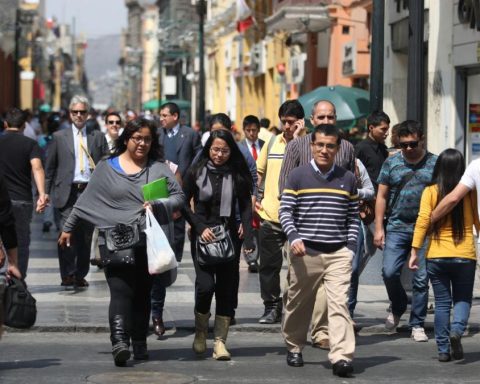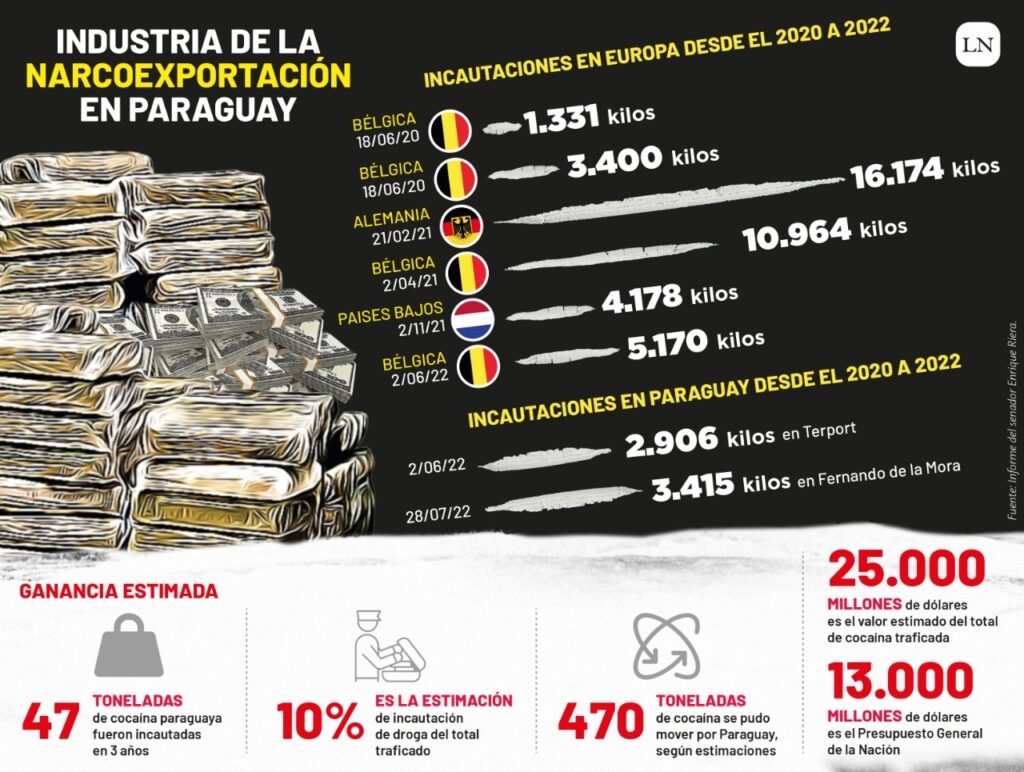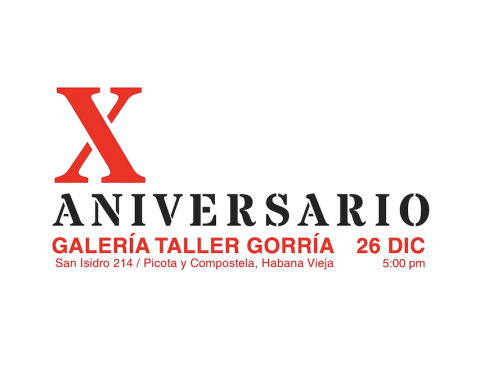The average download speed (download) for 4G mobile networks accessed by cell phones in the national territory increased slightly in August to 9.81 Mbps (megabits per second), compared to the previous month (9.68 Mbps), reported the Supervisory Body of Private Investment in Telecommunications (Osiptel).
This result was due to the higher average monthly speed performances achieved compared to July by the operating companies Of course (increase of 2.9%) and Entel (advance of 2.1%) that offset the decline in the monthly average performance of Movistar of 1.9% and bitel of 2%.
Which operator had the highest and lowest speed?
According to the Mobile Internet Monitoring Panel, the operating company Of course led again, for the third consecutive month, the average speed for 4G networks with 10.86 Mbps.
They followed Entel (10.46Mbps), Movistar (8.78Mbps) and bitel (7.55 Mbps), as stated, also in the virtual tool Check your mobile internet.
By regions
The results of the panel determined that seven regions obtained results above the national average and had better download speed performance: Tumbes (10.54 Mbps), Lima (10.47 Mbps), Ica (10.40 Mbps), Tacna (10.23 Mbps), Callao (10.16 Mbps), Arequipa (9.95 Mbps) and Lambayeque (9.90 Mbps).
At the other extreme were the regions of San Martín (9.15 Mbps), Cusco (9.12 Mbps), Áncash (8.95 Mbps), Huancavelica (8.79 Mbps), Ayacucho (8.74 Mbps), Ucayali (8.51 Mbps) and Loreto (7.62 Mbps). ), which obtained the lowest performances.
:quality(75)/cloudfront-us-east-1.images.arcpublishing.com/elcomercio/NS5R6FL3WFEFDFESRNHYDSZPAE.jpg)
4G coverage time
Regarding coverage time, users nationwide were connected to a 4G network, on average, by 87.34%, a figure higher than the 87.06% registered in July. For the seventh consecutive month, Movistar was the company with the longest coverage time (89.01%), followed by Entel (87.58%), Bitel (86.47%) and Claro (86.31%).
The regions with the longest coverage time were Tumbes (92.11%), Ucayali (90.23%), Ica (90.19%), Piura (90.06%) and Lambayeque (89.83%). Meanwhile, Cusco (84.96%), Ayacucho (84.85%), Loreto (84.62%), Pasco (84.28%) and Amazonas (82.22%), obtained the lowest performances.
The coverage time indicator allows knowing the average percentage of time in which we are within the coverage of 4G technology, which would mean access to a better experience in browsing various contents in that period.
Mobile internet latency
In August, the national average of the latency indicator (which analyzes whether online content is accessed with greater or lesser delay) was 76.24 ms (milliseconds), being 8 ms lower compared to July (84.24 ms), which represents a better experience of using the mobile internet service for users.
Entel was the operator that reported the shortest delay time nationwide with an average latency of 73.75 ms, followed by Of course (73.88ms), Movistar (76.93ms) and bitel (84.52ms).
The regions with the best average performance in mobile internet latency levels in 4G networks were Ica (69.59 ms), Lima (70.49 ms), Callao (71.84 ms), Huancavelica (72.93 ms) and Junín (73.00 ms), figures lower than the national average. Meanwhile, the Cajamarca (84.26 ms), Amazonas (86.83 ms), Madre de Dios (87.22 ms), San Martín (90.37 ms) and Loreto (97.51 ms) regions obtained the lowest performances in this indicator.
Packet loss rate decreased
The rate of loss of data packages (indicator whose poor performance can cause the interruption of a data session or that we receive or send information with delays, intermittency or incompletely, in audio and videoconferences, for example) reached the national average of 1.31% in August, which represented a decrease of 0.02% compared to July when the rate was 1.33%, representing an improvement in the indicator.
Entel was the operator with the lowest packet loss rate at 0.86%, followed by Of course (1.11%), Movistar (1.44%) and bitel (2.18%).
The regions of Callao (0.86%), Tumbes (0.86%), Lima (0.94%), Lambayeque (1.04%) and Ica (1.06%) presented a better data packet loss rate; at the other extreme were Cajamarca (1.79%), Ayacucho (1.87%), Amazonas (1.88%), Huánuco (2.08%) and Loreto (6.48%).
RECOMMENDED VIDEO
:quality(75)/cdn.jwplayer.com/v2/media/d4RxbZ3T/poster.jpg)

















